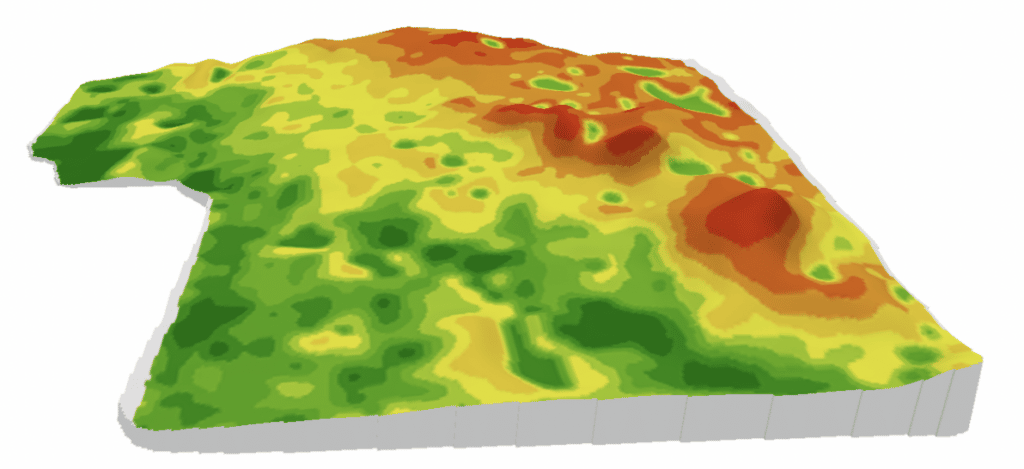Benefits of SWAT MAPS: Managing Salinity
What is the benefit of using variable-rate technology?
This is first question most farms have before investing in VR capability, and for good reason. Equipment tech upgrades aren’t cheap and you want to know you’ll get an ROI. So how can you benefit? Well…. at risk of giving a stereotypical agronomist answer…. It depends! But the main purpose of this blog will be to highlight different ways in which SWAT MAPS can provide you an ROI by using variable rate fertilizer, seed, and in some cases even herbicide.
Example 1: Salinity


Using the above field in western MB as an example, you can see that the lower zones (especially zones 7-10) are affected by salinity. At an EC of 5.1 in zone 10 very little would grow. The long-term solution is tiling to leach salts away, but in the meantime fertilizer inputs can be managed using VR. This is arguably the simplest and easiest way to get an ROI from this technology, since salinity will be the dominant factor. Zones 9-10 have lots of nutrients in the soil, but the crop won’t use them due to salinity. We are able to cut back rates in those areas and re-allocate nutrients to where they are needed more. There is a strong case for VR phosphate in this field, where zones 1-4 would be very responsive, while zones 9-10 would be relatively unresponsive. Sulphur follows a similar trend, since it moves with water and is associated with salts in the soil - any areas of the field with salinity will not need more sulphur! This grower has also managed to get his zone 9-10 soil N levels in check from fall of 2017 to fall of 2018, greatly reducing the potential of nitrogen loss through denitrification, since zones 9 and 10 are also the areas most prone to saturated soil. This is a fantastic example of the environmental benefit of this technology.
This SWAT MAP could also be used to seed areas to salt tolerant perennial forage where it makes sense, or maybe adjust the field boundary to not even farm areas around the edge. If weather patterns change, the water table drops, and the salts leach down further into the soil, these areas could once again be productive.
Wes Anderson, PAg
Senior Fertility Specialist - Croptimistic Technology Inc.
wes@croprecords.com









